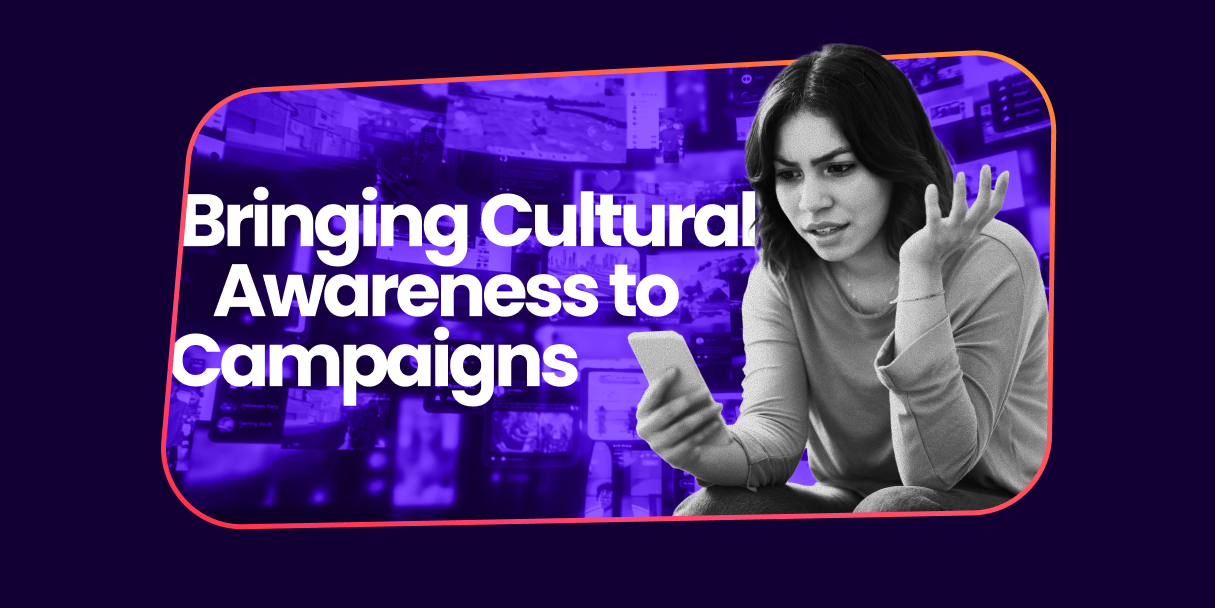Bringing Cultural Awareness to Marketing Campaigns
Sep 09 2025

Let’s be real: marketing in today’s world can be tricky. We’re all trying to connect with people, but what lands with one group might totally miss the mark—or even offend—another. It’s not just about what you say, but how it’s received, and that’s heavily influenced by culture, history, and whether everyone can access your message.
We’ve seen firsthand how a little bit of awareness can be the difference between a campaign that soars and one that causes a firestorm. Here at Tinuiti, we take that responsibility seriously. We’ve put together a guide to help brands like yours navigate these sensitive topics and make sure your message is a force for good.
Consideration #1: Start With a Diverse Team
None of us have a crystal ball or all the answers. The best way to catch a campaign’s blind spots is by bringing in a variety of perspectives. If we’re not fully tuned in to what’s happening in the world or if we misunderstand our audience’s real pain points, even the most creative idea won’t land.
When you’re dealing with sensitive or complex ideas, don’t be afraid to bring in other perspectives or outside experts. Tapping into people with lived experiences, a deep knowledge of history, or a background in sociology can make all the difference. Not only can this save you time and money, but it also ensures your campaign has a more positive and meaningful impact.
Consideration #2: Cultivate Sensitivity
In a crowded world, every brand is fighting to be heard. But when you go for a bold or edgy campaign, you risk missing the mark if you’re not paying attention to culture. You have to consider every piece of the campaign—even the seemingly small, harmless stuff—for deeper, unintended meanings.
Your imagery should feel real and represent a true slice of life, including different races, genders, ages, abilities, and body types. It’s also key that these choices feel natural to your brand, so it doesn’t come across as tokenism.
And when you’re measuring how the campaign did, don’t stop at clicks and conversions. You should be continuously tracking how people are engaging and feeling about it, especially across different audiences. Pay attention to things like brand trust and whether the message truly resonated.
Consideration #3: Acknowledge Missteps Authentically
When a brand finds itself in a moment of public controversy, it’s essential that it responds with accountability. The most effective responses are swift, honest, and transparent, and can go a long way toward repairing and rebuilding trust.
Instead of trying to “correct” public perception, brands should own their missteps, take responsibility, and share the steps they’ll take to make things right. Leading with empathy and a genuine willingness to listen can have a massive impact on how your brand is perceived.
Conclusion
Making your marketing campaigns a force for good isn’t just about avoiding a misstep—it’s about building genuine trust with your audience. By inviting diverse perspectives from the very beginning and prioritizing cultural sensitivity, your brand can move beyond simply selling a product.
The result? Messages that truly resonate, build loyalty, and have a meaningful, positive impact in the world.
You Might Be Interested In












